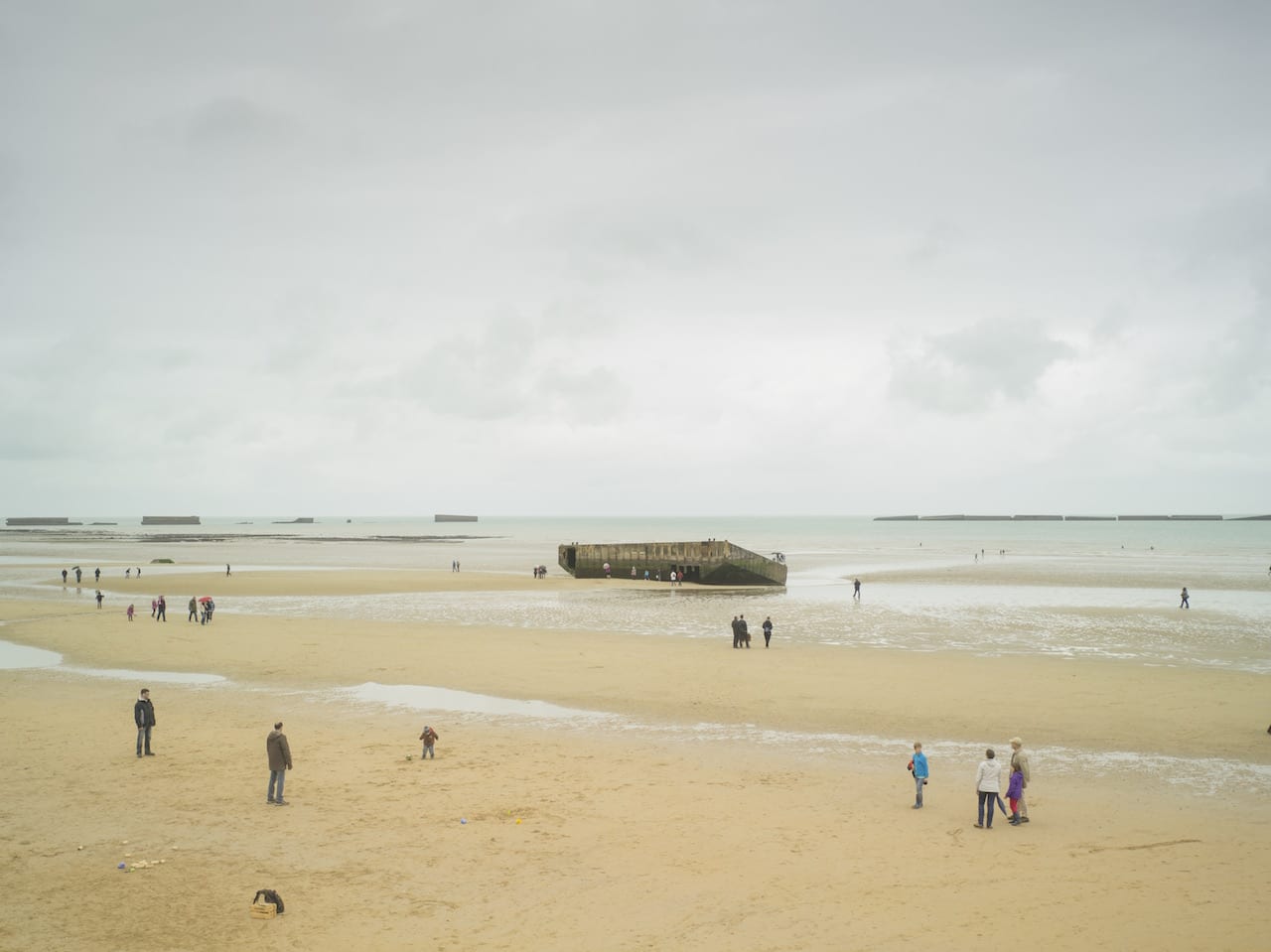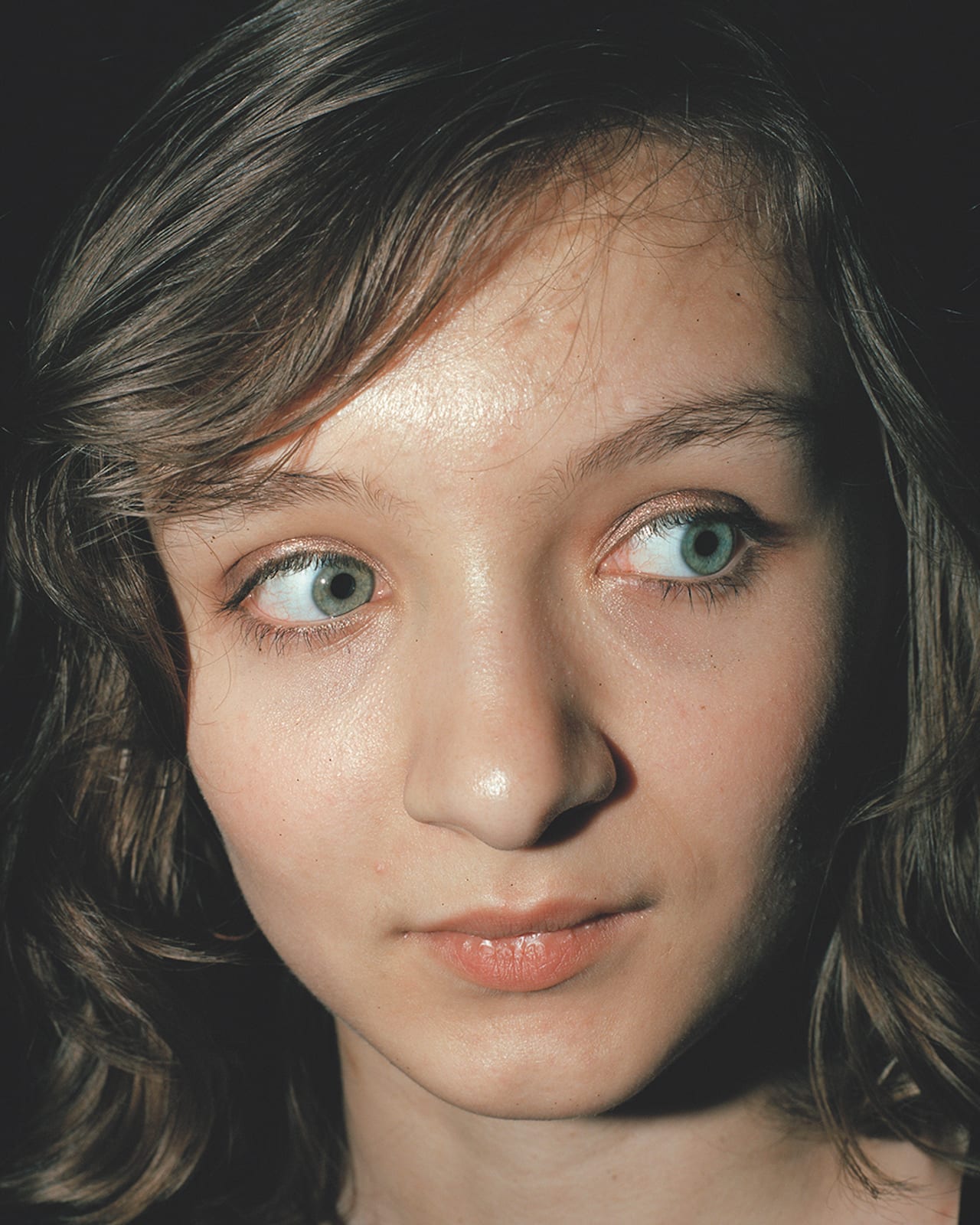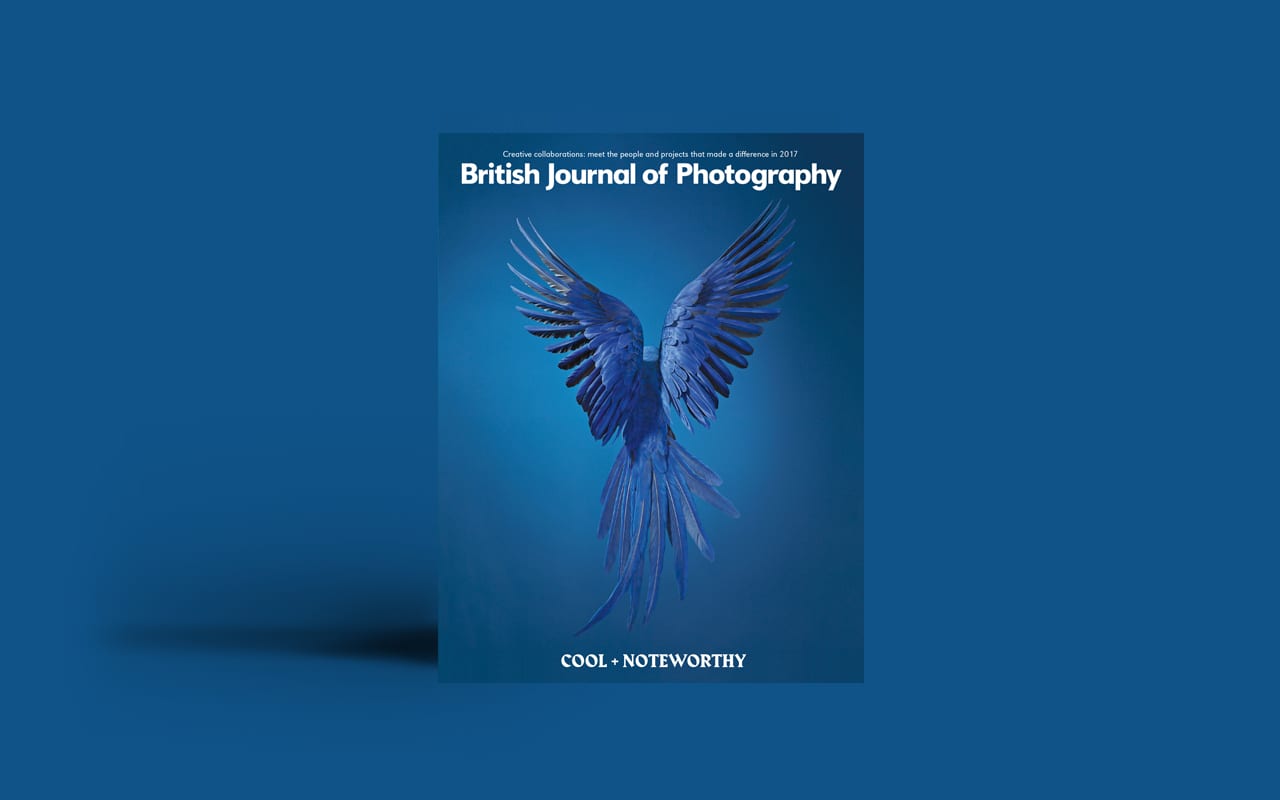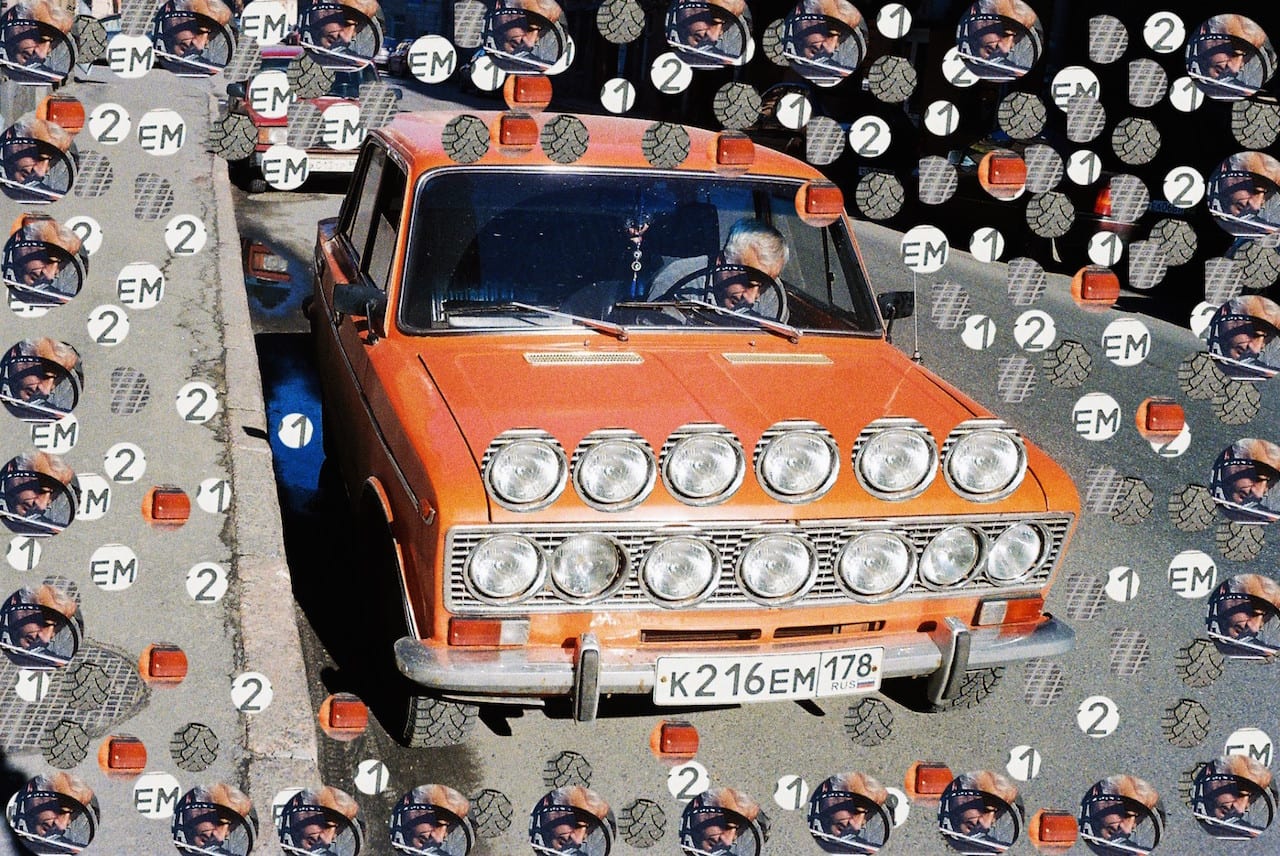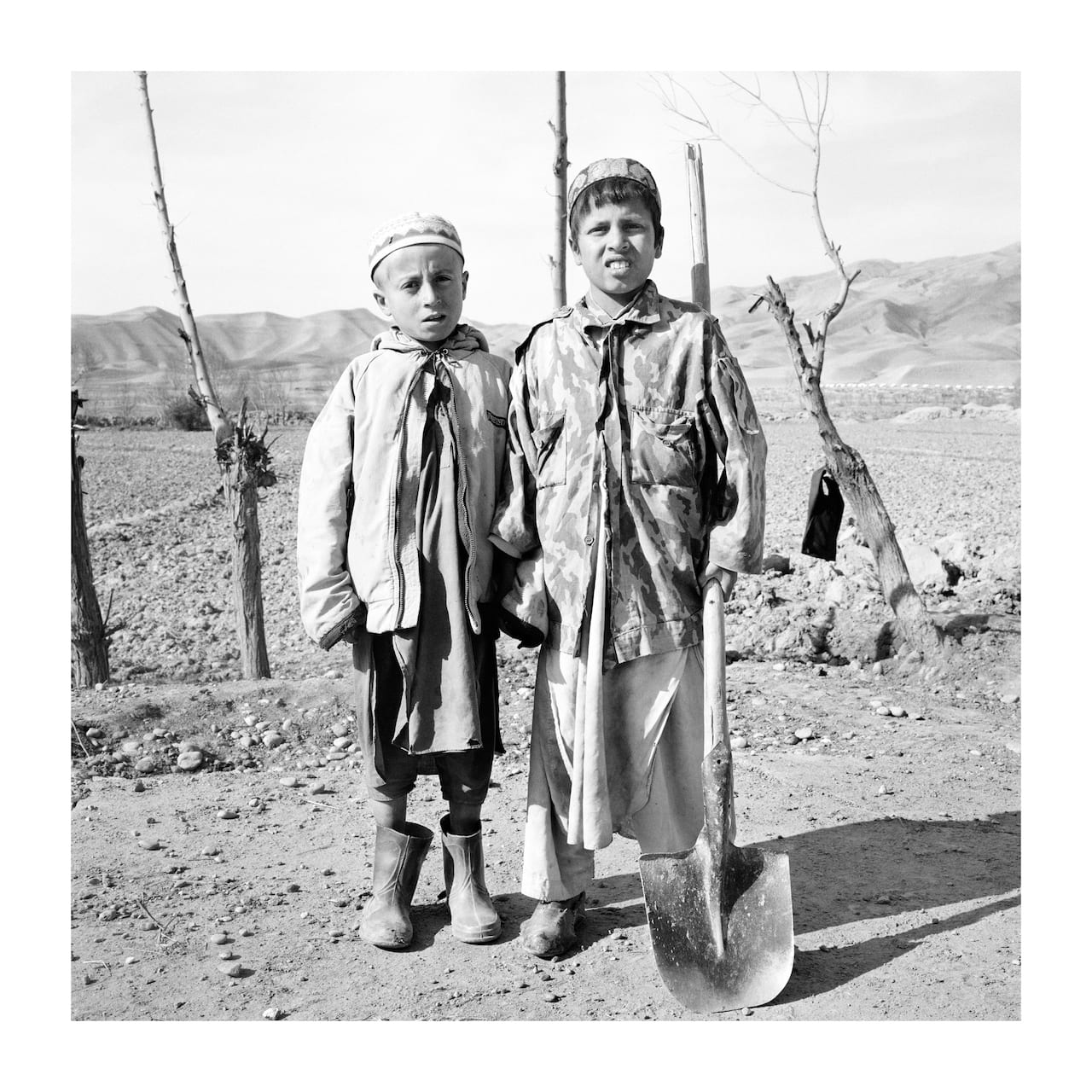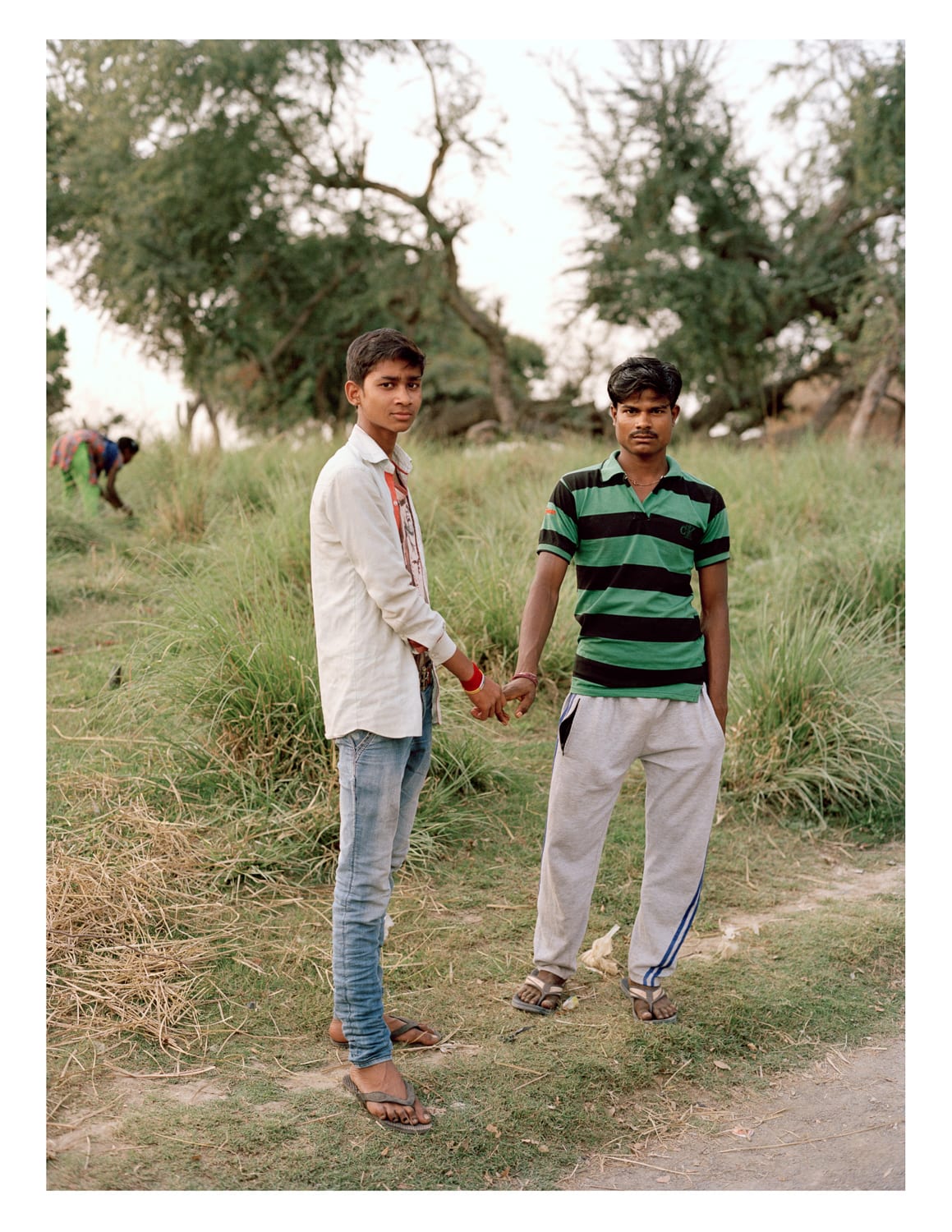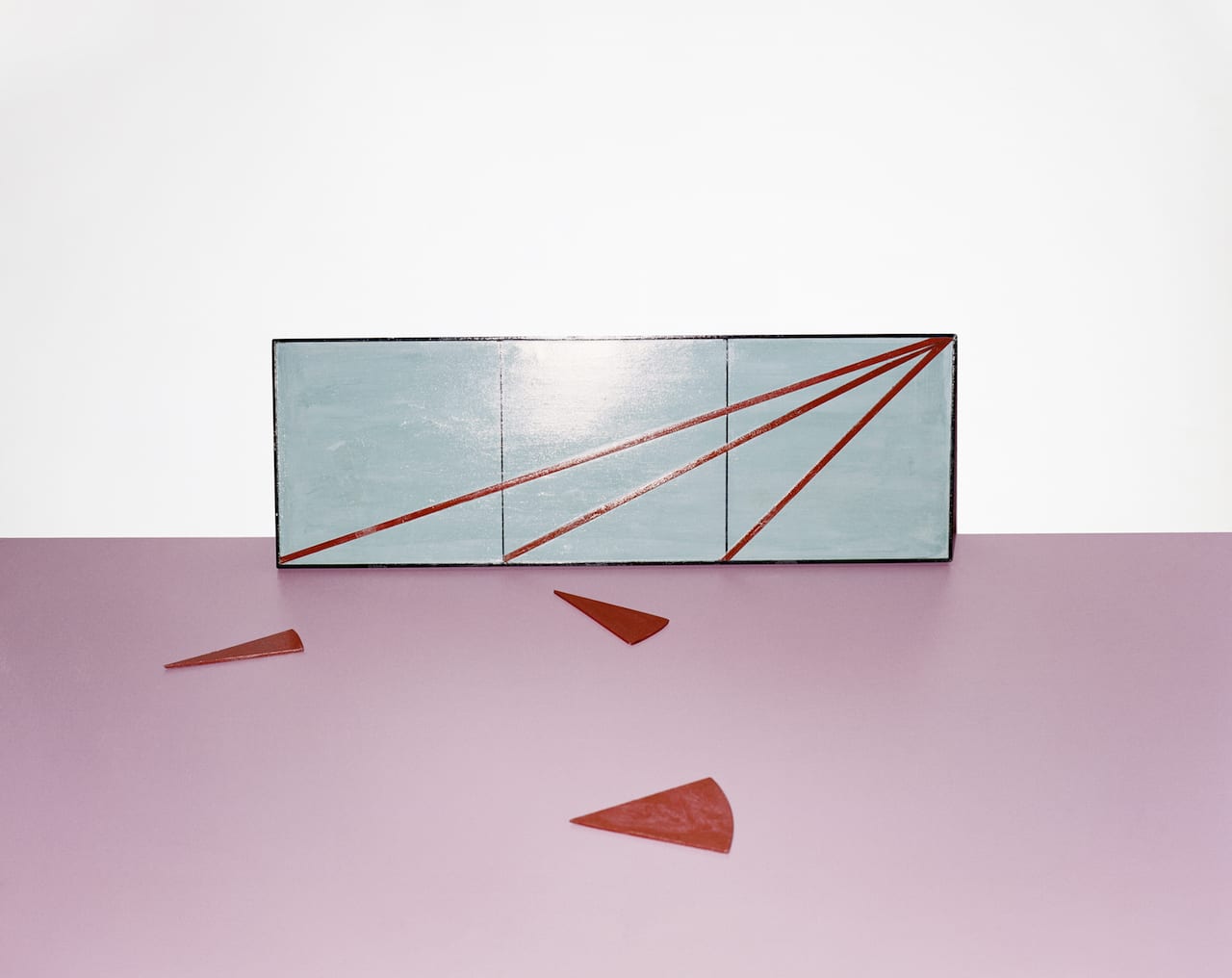“Great storytelling is never merely about facts,” explains Donald Weber. “D-Day actually happened, and as such it can be studied in detail. As an historical event, however, it has the potential to vibrate myth. Together, quantifiable and relative aspects are defining the essence of storytelling which, in itself, is the ultimate art performed in War Sand.” Weber is referring to his latest project, born of the idea that sand is mnemonic and, for this photographer, it is a repository that has retained the war stories of his grandfather, a commando in the Canadian army. Shortly after publishing Interrogations in 2011, Weber says he “needed to recover from my experiences in Ukraine, where I documented all-too-real interrogations of suspected criminals”.
